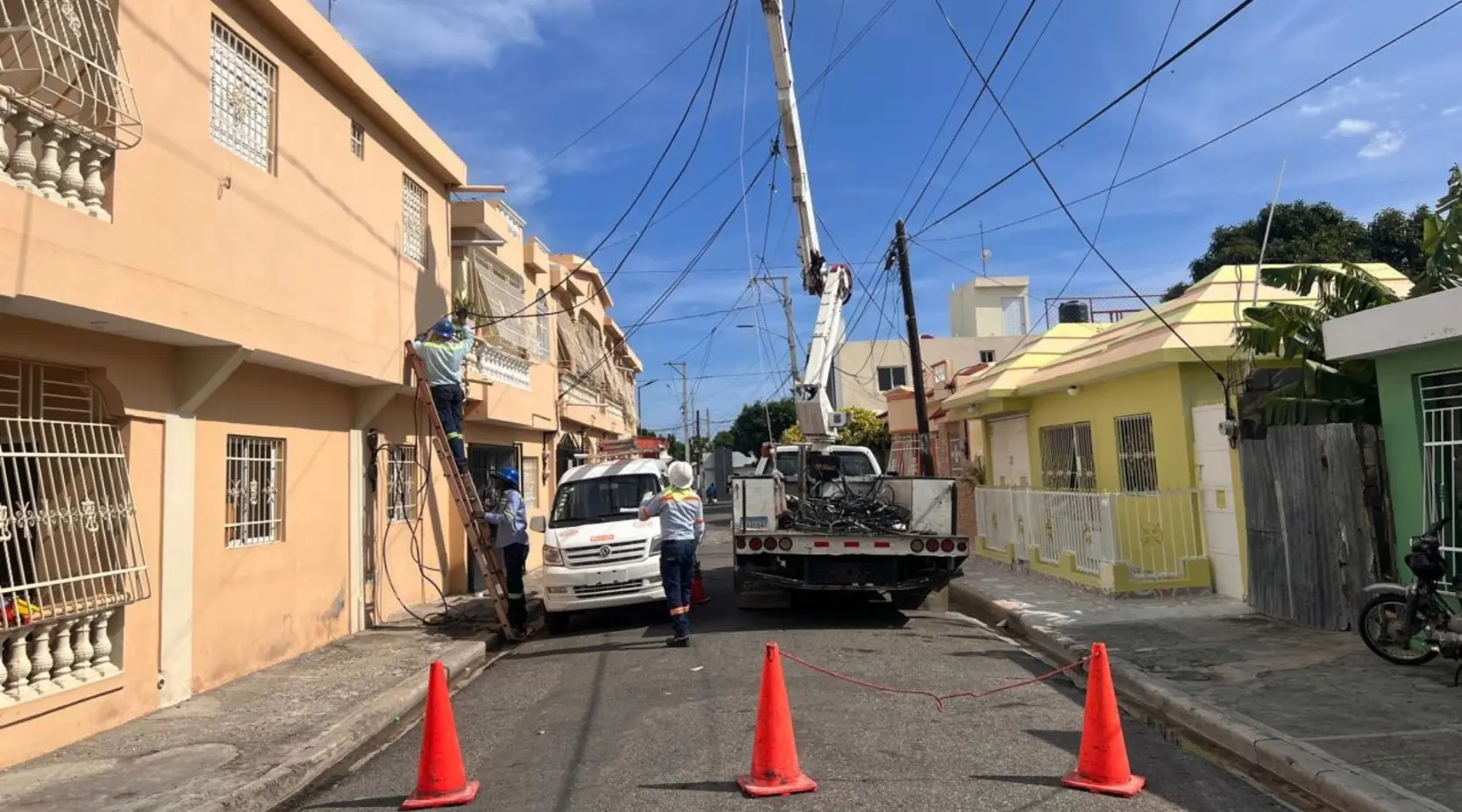Energy losses of EDES drain State resources

Santo Domingo – The Dominican Republic must increase public investment in electricity distribution to overcome the sector’s deficiencies and reduce the high losses that lead to high subsidies.
To reduce losses, investment in meters, transformers, and substations must be increased. The annual investment needed is more than US$325 million. However, Richard Medina Gómez, coordinator of the School of Economics of the Instituto Tecnológico de Santo Domingo (Intec), said that only US$170 million was invested in 2023.
He stated that electricity theft must be combated to reduce losses, and for this, the Electricity Distribution Companies (EDES) must have modern technology.
He indicated that the subsidy to the electricity sector explains 42% of the central Government’s 2023 fiscal deficit, which responds to electricity losses. Although they have been reduced in the last three months, which is a good sign, the 2023 losses closed at 36% and cost the Government US$1.54 billion.
“It is a burden, and it is a quite important drain of resources that takes away from the Government having the money to do investment and infrastructure works that are very necessary for the Dominican Republic,” Medina expounded while participating as a speaker in the event’ Economic Intelligence: With or without reforms, the business will change shape,’ organized by Ecoanalítica and C25 Consulting.
He expressed that these electrical losses, those called non-technical, are energy that is given to the users but that the EDES are not able to charge or send an invoice because they do not have a meter and also because they do not have good commercial management.
Medina, an expert in the electricity sector, pointed out that the EDES’s financial situation is unsustainable.
Although power generation in the country has grown sustainably since 2019, driven by the increased use of natural gas and coal, losses in the EDES continue to increase.
Medina emphasized that reducing these losses will not be enough to ensure the sector’s stability without structural reform. He proposed two solutions: a 22% tariff increase or the implementation of annual subsidies of approximately US$602 million.
He added that Celso Marranzini, the president of the Unified Council of the Electricity Distribution Companies (EDE), presented an integral plan to improve the sector and believes it can work.
He also pointed out that today, the costs of electricity generation are still high due to Ukraine’s problem, and he hopes that these can be lowered in 2025 to help reduce the EDES deficit.














